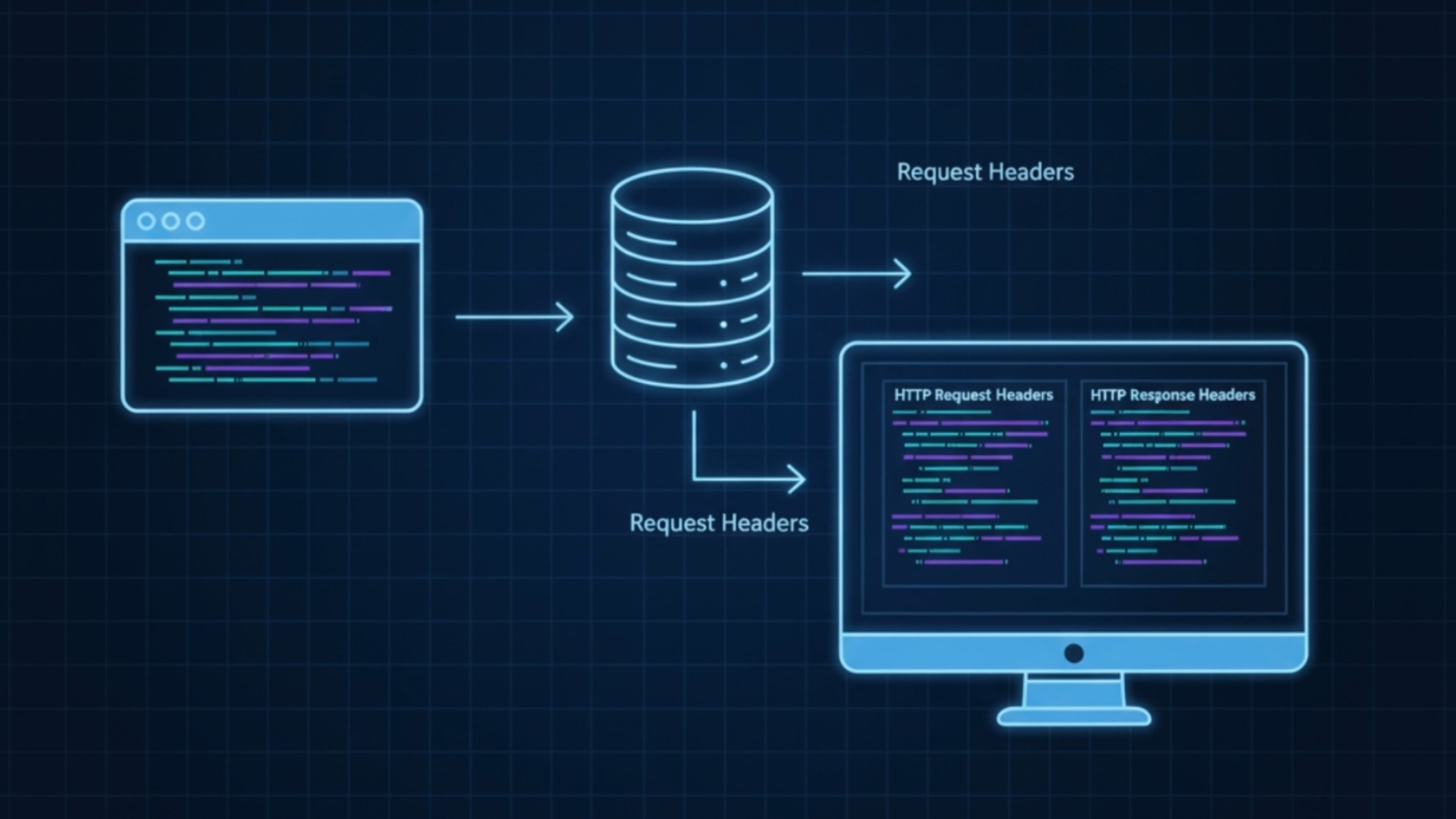
HTTP Headers Lookup
Created on 15 October, 2025 • Checker Tools • 12 views • 1 minutes read
Inspecting HTTP headers reveals metadata exchanged between clients and servers.
HTTP Headers Lookup: What It Is and How to Use It
Inspecting HTTP headers reveals metadata exchanged between clients and servers. This guide explains why headers matter, common fields to check, practical lookup methods, and how to interpret the results.
Why Inspect HTTP Headers?
HTTP headers carry control information such as content type, caching policies, encoding, authentication details, and security directives. A headers lookup helps developers and site owners:
- Diagnose content issues (wrong
Content-Typeor encoding). - Confirm caching and CDN behavior (
Cache-Control,Vary). - Verify security headers (
Content-Security-Policy,Strict-Transport-Security). - Trace redirects (
Location) and authentication flows (WWW-Authenticate).
Common Headers to Check
Response headers
Key response headers to review include:
Content-Type— media type of the response body.Content-Encoding— compression method (gzip, br).Cache-Control,Expires,Vary— caching behavior.Set-Cookie— cookies and their security flags (HttpOnly,Secure,SameSite).Server— server software and often version info.Strict-Transport-Security— HSTS policy for HTTPS enforcement.Content-Security-Policy— XSS and resource-loading restrictions.
Request headers
Useful request headers include User-Agent, Accept, Accept-Encoding, and Authorization. Modifying these can change server responses for testing.
How to Perform an HTTP Headers Lookup
Choose a tool based on your needs:
- Browser DevTools (Network tab) — Inspect headers for any resource loaded by the page.
- curl (command line) — Quick, scriptable lookups from any environment.
- Online header checkers / proxy tools — Useful to see how an external client or geographic location is handled.
- HTTP libraries — Use Python
requests, Nodefetch, etc., to automate checks.
Practical curl examples
curl -I https://example.com
# shows only response headers
curl -v https://example.com
# verbose: shows request and response headers and TLS info
curl -I -L https://example.com
# follow redirects (-L) and show final response headers
curl -H "User-Agent: MyBot/1.0" -I https://example.com
# send custom request header
Interpreting Results
When reading headers, focus on three goals:
- Correctness: Ensure
Content-Typeand encoding match the body. - Security: Confirm presence and proper configuration of security headers (CSP, HSTS, X-Frame-Options, Referrer-Policy).
- Performance: Validate caching headers (long-lived static assets use aggressive caching + cache-busting; dynamic responses avoid over-caching).
Look for warning signs such as missing HSTS on HTTPS sites, incorrect SameSite or HttpOnly cookie flags, or overly permissive CSP policies.
Popular posts
-
Reverse Ip LookupChecker Tools • 37 views
-
BMP To WEBPImage Manipulation Tools • 30 views
-
IP LookupChecker Tools • 28 views
-
BMP To ICOImage Manipulation Tools • 26 views
-
SSL LookupChecker Tools • 25 views